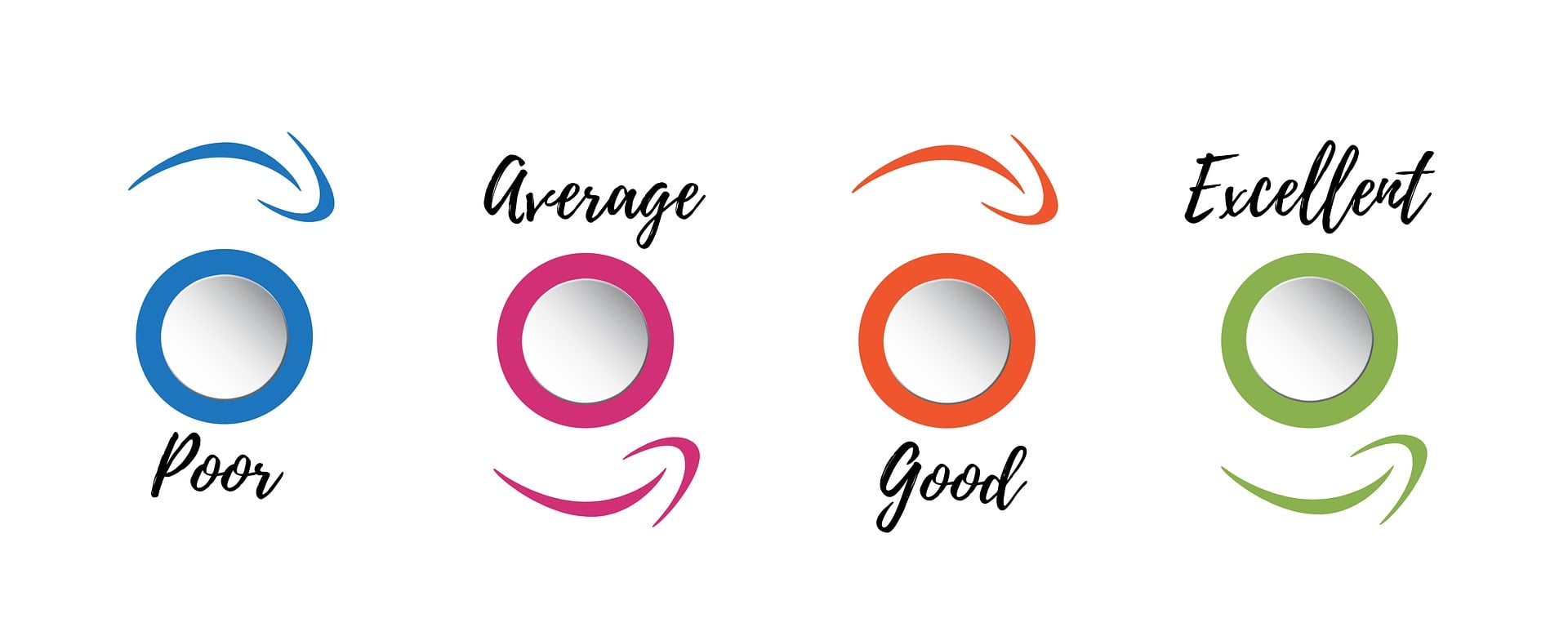How to build a Minimum Viable Product in 2022: a step-by-step guide

Disclaimer: Outsourcing in IT is a set of services that can take your business to a new level.
Let’s imagine you have an idea for a product. The idea seems brilliant to you, but you are hesitating regarding the acceptance of it on the market. Another situation would be if you are looking for investors but don’t want to spend much money on the development before they agree to back your concept. In both situations, a worthy solution would be to create an MVP of a product. A minimal viable product will show you if your idea is viable, how it is taken by the potential customers, if you treat their pains with your product, and which functionality can be added. We have already discussed what an MVP means in one of our blog posts. In this article, we will focus on the steps that need to be taken if you decide to create an MVP.
Purpose of an MVP
Any MVP is created for testing purposes. Developers and business owners need to understand if the idea is worth dedicating resources to. Usually, an MVP concentrates on the core functionality and is produced with the least amount of time and money. Additional features can be added later. The main purpose of an MVP is to test if the product or service will be interesting to the market and whether potential users are ready to pay for it. At the same time, an MVP may demonstrate the potential to fail. In this case, the team contemplates whether the product should be modified or swept under the carpet.
Basic goals of an MVP
The development of an MVP sets the following goals:
- Examining the product’s feasibility.
Before developing a fully functional application or a website, you need to understand the basic needs of your potential customers. That is why the core functionality is checked, which is the main idea of a product. If your users do not need to rent a car, for example, they will not be interested in any referral programs. So, start with the most important function and see if they require it. - Fast launch.
The implementation of this goal is connected with the previous one. As long as you are going to develop only the core functionality and basic design, you will need less time and money for development. - First feedback.
One more goal that will be accomplished with an MVP is getting the first feedback. It does not mean that all of your customers will be eager to share their thoughts and concerns with you. But you will understand how your product is treated on the basis of the number of purchases or visits to your website, the average time spent on your application, the price of a lead, and other metrics.


Reasons to build an MVP
- Make a product that people want to buy.
You may be in love with your product. However, potential customers will not share your enthusiasm. It is almost impossible to guess whether a product will be a success. You will definitely carry out some initial research before the development to learn about the target market and its pains. But asking whether somebody needs a specific application and making that person buy it are different things. We may think that a product will be useful, but when it comes to purchasing it, we understand that we can do without it. - Define who you want to reach
When your product is first bought by people, you will have an opportunity to compile a portrait of your target market. What are the folks who require your assistance? What age they are, how much money they make, what employment they have, and where they live are all factors to consider. All of these insights will allow you to improve your product with subsequent iterations and make it more responsive to the needs of your consumers. - Recognize the business domain.
When an MVP is released, you get the first feedback. You probe the market with it and you make conclusions on how fierce the competition is, if your unique selling proposition works well, what promotion channels work best, and what gaps need to be instantly filled. - Attract investors.
An MVP is a good way to make people notice you, both customers and investors. As a rule, investors are interested in minimizing risks. Therefore, if your MVP has already gained popularity on the market, it is likely to become a success with all the planned features implemented and the design refined. In this case, businessmen will be eager to support you financially and receive a high ROI. - Reduce the amount of risk.
Developing a turnkey solution without validating its viability is risky. An MVP is a manageable alternative in this situation. You spend less time and effort on creating a product, so you are not afraid of wasting your resources. An MVP is a flexible version of your final product. You can easily add or dismiss functionality without much loss.


5 steps to building an MVP
- Gather and analyze data.
When you have a business idea, the first step on the way to a successful MVP is gathering as much information as possible. You should analyze the market and competitors. The more you learn about the target audience and the competition, the better armed you are. Your product should stand out, so you need to understand how to do it. Consider what problems your customers are experiencing, how you can assist them, and why you will be better at it than your competitors.However, if you feel unsure about your business idea, a discovery phase is a good option. It is a brainstorming session that will create a vision of a successful future business.
- Visualize the roadmap.
When you have enough data, it’s time to arrange it in a convenient way. The product roadmap should describe the architecture of the future solution. You should have a clear vision of your product and its core functionality and design. The roadmap should also include the timing: how much time is needed for developing an MVP, and how soon it will be released. Planning is crucial for future success. - Create a working prototype.
Now is the time to put your plans into action. A prototype is a working model of your product with the core functionality. It is not yet ready to be shown to the customers, but it may be of interest to investors. Focus on the needs and expectations of your users while developing a prototype. Try to predict their behavior on the website, the path they are going to take. - Include critical functionality.
Now you will add features to the prototype that are essential for the launch but not excessive. It is important to establish a list of all of your product’s features and determine which are essential and which are optional. The functionality will be evaluated by the initial consumers. - Launch, learn, and iterate.
After the release, you will have information on the success of your idea. Comparing this stage with the first one, you will now operate on practical facts, not theoretical ones. Now you can think further about how to improve the product and what to change to make it better fit the market.
Although the above-mentioned approach may not appear to be very frightening, the procedure should be treated very carefully. You risk losing resources and receiving irrelevant info as feedback if you don’t pay enough attention. There have been cases where an MVP was successful but the main product was not. If you are unsure about your abilities, you may always seek assistance from specialists. The team of ITSDev provides full-scale services from the discovery phase of the future solution, through an MVP and product development, to further support after the release. So, you won’t be left alone during any of the stages of your brain child’s maturing process.
Price of an MVP
The costs will depend on the peculiarities of each project. It takes into account the amount of hours spent on development, the product’s complexity, the phases involved, and the number of team members participating. Because each product is unique, the pricing is determined by the product and your expectations.
Conclusion
Developing an MVP is a crucial stage on the way to a successful product launch. A carefully created MVP will provide business owners with information on the potential of their product or service. With an MVP, you will test the main functionality of your product, know the demand, and familiarize yourself with your target market. Further steps will include adding supplementary functionality to your product before its first full release. Please do not hesitate to contact our staff if you have any queries or want a consultation.
FAQ
- Why is MVP so important?
MVP will demonstrate if your company concept is worth developing, if it will be lucrative, and if it will be able to attract the target audience. - What does MVP stand for?
The minimum viable product is the core functionality of the product that is launched on the market in order to obtain early feedback and determine whether or not potential consumers are willing to pay for it. - How to plan an MVP?
The process of creating an MVP involves a preparatory stage, developing a prototype, and building a complete MVP. - How long should it take to build an MVP?
It depends on a particular project. Usually, it takes from 1 to 1.5 months.




